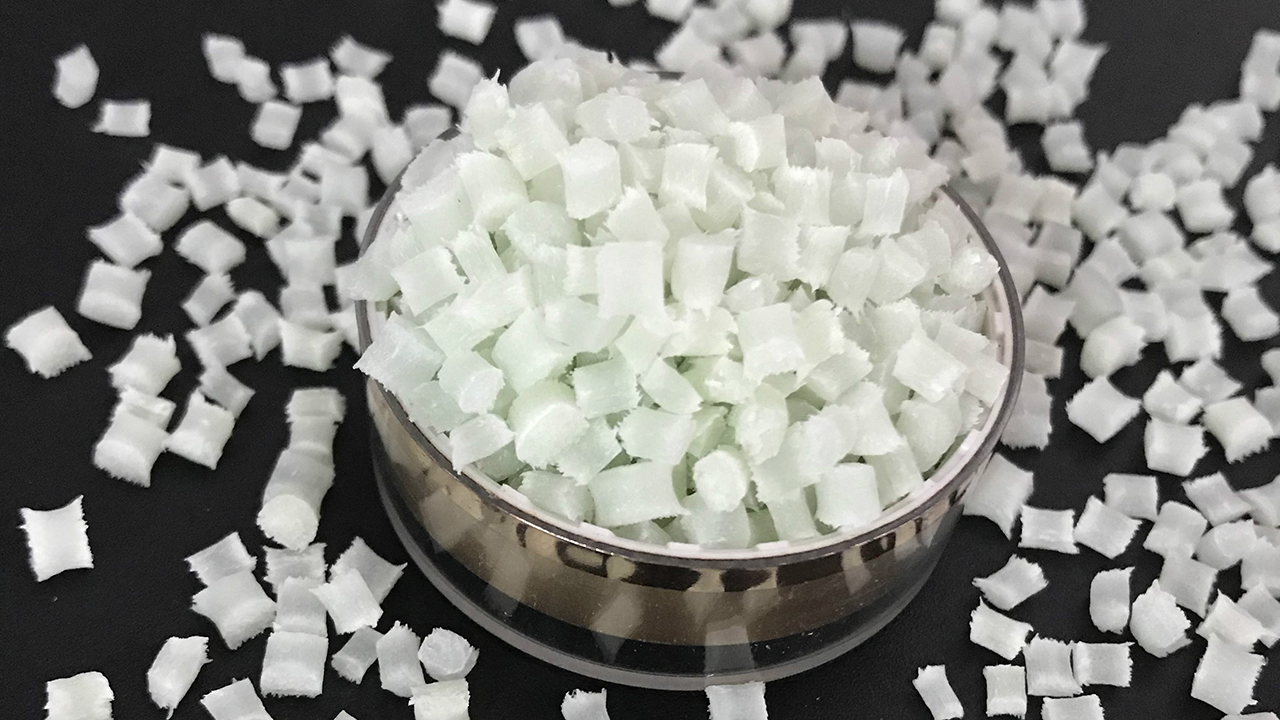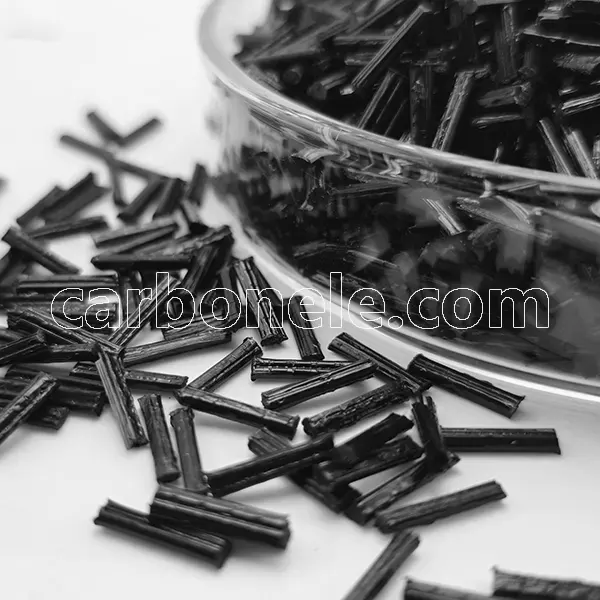Differences Between PA6 CF And PA6 GF - Carbon Fiber Compounds Manufacturer | Supplier
Differences between PA6 CF and PA6 GF
PA6 (Polyamide 6), as a commonly used engineering plastic, has attracted much attention due to its excellent comprehensive properties. To further enhance the performance of PA6 to meet the diverse requirements of different industries, it is often subjected to modification treatments. Among them, carbon fiber-modified PA6 and glass fiber-modified PA6 are two relatively common modification methods. They endow PA6 with new characteristics by adding carbon fibers and glass fibers respectively. However, the two modified forms of PA6 have obvious differences in many aspects. Now, let’s take a detailed look at what the specific differences are between carbon fiber-modified PA6 and glass fiber-modified PA6.
Carbon Fibers: Carbon fibers are obtained through the processes of carbonization and graphitization of organic fibers such as flake graphite microcrystals. They possess characteristics like high strength, high modulus, and being lightweight. They are lighter than aluminum but stronger than steel. Moreover, they are corrosion-resistant and combine the properties of carbon materials with the processability of textile fibers.
Glass Fibers: Glass fibers are inorganic non-metallic materials with excellent performance. They have good insulation properties, strong heat resistance, good corrosion resistance, high mechanical strength, heat insulation, sound insulation, high tensile strength, and good electrical insulation.
Mechanical Properties
Tensile Strength: Under the same fiber content, the tensile strength of carbon fiber-modified PA6 is higher than that of glass fiber-modified PA6. For example, when the fiber content is 30%, the tensile strength of carbon fiber-modified PA6 is about 5% higher than that of glass fiber-modified PA6.
Flexural Strength: The flexural strength of carbon fiber-modified PA6 is even higher. When the fiber content is 30%, its flexural strength is about 3% higher than that of glass fiber-modified PA6, and the flexural modulus of carbon fiber-modified PA6 is approximately twice that of glass fiber-modified PA6.
Notched Impact Strength: The notched impact strength of glass fiber-modified PA6 is superior to that of carbon fiber-modified PA6. When the fiber content is 30%, the notched impact strength of carbon fiber-modified PA6 is about 20% lower than that of glass fiber-modified PA6.
Physical Properties
Density: The density of carbon fibers is lower than that of glass fibers. Therefore, the density of carbon fiber-modified PA6 is lighter. With the same 30% fiber content, carbon fiber-modified PA6 is about 10% lighter than glass fiber-modified PA6.
Conductivity: The reinforced PA6 with a conventional addition of 30% carbon fibers has a dielectric constant that can reach 10 to the power of 3 – 6, making it a conductive product. However, glass fiber-modified PA6 does not possess conductivity.
Thermal Conductivity: The heat transfer performance of carbon fiber-reinforced PA6 is about twice as high as that of glass fiber-reinforced PA6.
Coefficient of Thermal Expansion: The linear expansion coefficient of carbon fiber-modified PA6 is only half that of glass fiber-modified PA6, indicating better dimensional stability.
Processing Properties
Flowability: The flowability of glass fiber-reinforced PA6 decreases significantly compared to pure PA6. During injection molding, the barrel temperature needs to be increased by 10 – 20°C. In contrast, the flowability of carbon fiber-modified PA6 is relatively better, and the adjustment range of the barrel temperature is relatively smaller.
Mold Temperature: When processing glass fiber reinforced PA6 (PA6 GF), the mold temperature is generally controlled within the range of 80 – 120°C. The control range of the mold temperature for carbon fiber-modified PA6 is relatively narrower and usually in a higher temperature interval.
Appearance of Products: Products made of glass fiber-modified PA6 (PA6 GF) are prone to the phenomenon of surface fiber floating, which affects the appearance and surface properties. In contrast, the surfaces of products made of carbon fiber-modified PA6 are relatively smooth, and the appearance quality is better.

Feature Product
-
PA12 LCF30 for Drone Fuselages & Wings
What do you know about PA12 LCF30? PA12 ...
-
Competitive Price PA6 LCF30 Composites
What’s it? PA6 LCF30, which stands...
-
ABS CF10 Compound ABS 10%CF Thermoplastic Compo...
What’s ABS CF10? ABS CF10 refers t...










